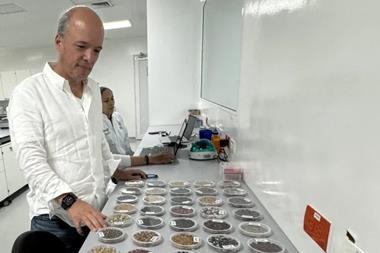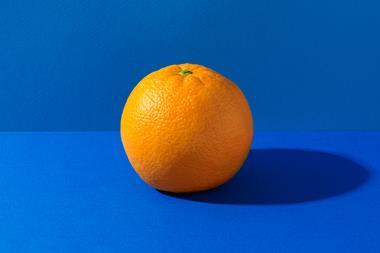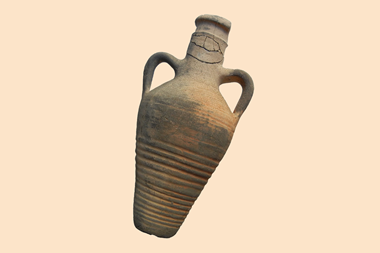A new machine learning tool can analyse wines’ chemical profiles and use this to accurately predict where they were produced. The system could aid the wine industry’s efforts to authenticate the origins of its products.
Each wine has a complex chemical profile, which is shaped by things like the soil and climate of the area where the grapes were grown – its terroir – as well as the individual practices of the wine producer. While individual molecules can have a big impact on a wine’s flavour and can provide key insights as to where the wine was produced, the vast array of compounds within any wine makes analysing it a difficult task.
A research team led by Stéphanie Marchand from the University of Bordeaux, France, and Alexandre Pouget from the University of Geneva, Switzerland, developed a machine learning system to analyse the full chemical profiles of various wines. The machine learning algorithms analysed unprocessed gas chromatograms of 80 different wines produced across 12 harvest years at seven wine estates in France’s Bordeaux region. From this information, the system could deduce which wines were produced on the same estates with 100% accuracy. The system deduced the wines’ vintage with 50% accuracy.
The researchers note that it remains to be seen how their GC-based classifier would perform when provided with the chemical profiles of wines from beyond the Bordeaux region. They also state that it would be interesting to compare the performance of their system with an expert human wine taster in a blind taste test.
References
M Schartner et al, Commun. Chem., 2023, DOI: 10.1038/s42004-023-01051-9

















No comments yet